I have also said before that Detroit Public Schools must be broken up into 6 separate school districts similar to what you find here in Warren, Michigan.

(1) Fitzgerald Public School District has 3,188 students in their district. Their overall reading proficiency is 71.8% while their math proficiency is 61.4% and made AYP.
(2) Center Line School District has 2,901 students in their district. Their overall reading proficiency is 82.7% while their math proficiency is 75.2% and made AYP.
(3) Warren Woods School district has 3,397 students in their district. Their overall reading proficiency is 82.2% while their math proficiency is 72.3% and made AYP.
(4) Van Dyke Public School District has 3,551 students in their district. Their overall reading proficiency is 69.1% while their math proficiency is 58.1% and made AYP.
(5) Warren Consolidated School District has the largest constellation of students (because part of this district overlaps with Sterling Heights, MI) with 15,578 students. Their overall reading proficiency is 81.9% while their math proficiency is 71.0% and made AYP.
Notice all of these school districts overall made the federal AYP mandate. However, there is work to be done in their high schools as most of them did not make AYP except Center Line High School.
Another example of smaller school districts is St. Clair Shores, Michigan. The district is broken up into South Lake, Lakeview and Lake Shore School Districts.
Instead of protecting school districts with 60,000 or more students by giving annual funding to a failing and busted school system we need to eradicate the school code of the "first-class school district" and simply break the district up where parents and community leaders will have a chance to represent their own area.
The part of Detroit I currently live in is the Warrendale area. We desperately needs representation over here. A Warrendale school district with five board members is efficient enough to run a small school district. If we pursue to make this happen this would be a perfect example of limited government, fits into the framework of urban conservative principles, and we just may be able to transform the overall community by changing the actual culture.
If we do not break up Detroit Public Schools in the fashion I just layed out then anything else is failure.
Detroit should not called a "renaissance" city because there is no comeback if the educational system is broken. In fact, I am not too thrilled of calling us the "Motor City" anymore. Detroit has to become an international financial market similar to what you see in Singapore, Hong Kong and Seoul, South Korea.
Detroit has to STOP wasting money if it wants to come back. For example, what the hell is the People Mover? It cost $200 million to build it and people then thought it was the next best thing to a revival of the city. No thinking person today would suggest that the People Mover sparked an economic revival in Detroit, yet it continues to absorb millions of dollars in subsidies every year to cover its basic operations. According to the city's budget department, during fiscal year 2008 the People Mover will require a subsidy of $6.2 million.
Our city do not need flashy projects. Yes, I like Comerica Park, Ford Field, and the Fox Theater but if we are not discussing infrastructure then we are spinning our wheels.
After five decades of decline in Detroit, it is about time for a real leader (not name recognition) to depart from the long-held traditions of high taxes, crushing regulation, poor services and counterproductive economic central planning. Instead, Detroit should adopt a radical privatization and deregulation program that may lower the cost of doing business — and living — in the city, while simultaneously improving services.
For example, our city needs to reduce its income tax. We do not need any higher taxes that we can already afford. Contracting our city services to companies that has a proven track record of quality services would help reduce the city's ongoing deficit.
We must, by all means, recreate the city's bureaucracy. Sell assets, such as underused buildings and equipment, and employ these one-time revenues for debt reduction and financing unfunded retiree health care obligations. Plus, reduce the regulatory burden on city businesses to a level similar to comparable cities.

According to the data above we have three thriving cities here in America. Boston, San Francisco and Manhattan island. When you combine the population of all three you get 2,870,493 residents and 118,08 square miles. Detroit has a population of 933,043 (according to this map but the current U.S. Census says 871,000) BUT 138.77 square miles. 30% of Detroit is vacant land. Alan Mallach, research director of the National Housing Institute in Maplewood, N.J., concluded that Detroit needs no more than about 50 square miles of its land for its current population. 89 square miles are now completely barren by some estimates, meaning the city derives absolutely no revenue from that land but could be transformed entirely for other purposes.
One creative use of land is urban agriculture. For a city that has poor health overall urban agriculture is needed in our city. We must get back to eating fresh foods to live longer. It is no coincidence that there is a McDonalds, a Burger King or Coney Island on every corner in our community. We cannot wait for universal health care or some other federal program on health. The only federal mandate coming from the Obama Administration should be planting your own foods and exercising daily. That's a form of universal health care I would embrace.
Speaking of urban agriculture I have never heard of ONE policymaker discuss bringing the Michigan Agriculture Experimental Station to Detroit. For the record, these are stations that researchers, in laboratories and offices on campus and field research stations around the state, investigate topics that range from forest product development to food safety, new varieties of fruits and vegetables, water quality, livestock production, rural and community development, and the quality of life of Michigan youth and families. Michigan citizens reap the results of this work in the form of new or improved, foods and plants, new production methods and enriched lifestyles.
Every state in the nation has an experiment station as part of the land grant higher education system. This system links experiment station research to extension system educational programs and college academic degree programs. However, when you look at the picture below we do not even have an experiment station in Southeast Michigan let alone Detroit.

2.Dunbar Forest Experiment Station, Sault Ste. Marie
3.W.K. Kellogg Biological Station, Hickory Corners
4.W.K. Kellogg Experimental Forest Augusta
5.Lake City Experiment Station, Lake City
6.Montcalm Research Farm, Lakeview
7.Muck Soils Research Farm, Laingsburg
8.Northwest Michigan Horticultural Research Station,Traverse City
9.Fred Russ Forest Experiment Station, Decatur
10.Saginaw Valley Beet and Bean Research Farm, Saginaw
11.Southwest Michigan Research and Extension Center,Benton Harbor
12.Trevor Nichols Research Complex, Fennville
13.Upper Peninsula Experiment Station, Chatham
14.Upper Peninsula Tree Improvement Center, Escanaba
15.East Lansing Field Research Facilities, East Lansing
Another creative way of generating revenue is actually using our Port Authority. Detroit sits on an international waterway. Detroit also has a oil refinery located in Southwest Detroit. Are we importing oil from places like Nigeria to refine right here in our own backyard? It's something to think about. Also, commercial fishing would be good for the city.
We cannot overlook the importance of an aerotropolis. This is an economic development strategy that is an aviation linked urban form consisting of an airport surrounded by tens of thousands of acres of light industrial space, office space, upscale retail mix, business-class hotel accommodations, restaurants, entertainment, recreation, golf courses, and single and multiple-family housing.
According to Dr. John D. Kasarda, Director of the Kenan Institute of Private Enterprise at the University of North Carolina at Chapel Hill, "Airports will shape business location and urban development in the 21st century as much as highways did in the 20th century, railroads in the 19th and seaports in the 18th."

Detroit City Airport is just sitting on the east side of Detroit with very little usage. Once again, instead of these candidates running around with buzz words such as mass transit how about possibly transforming Detroit City Airport into an aerotrpolis? I am not talking on the mass scale such as the one near Metro Airport but something that the City of Detroit can utilize their skilled and able workforce that will be need to support development efforts. Also, citizens will be able to occupy jobs created through business attraction efforts.
Aerotropolis leaders also recognize the importance of sustainability and the importance in embracing alternative energy and energy efficiency. Through cooperative efforts by local leaders, the Aerotropolis region will be a master planned area that moves goods and people in and out efficiently, and which also respects existing residential development in the region. In embracing sustainability and alternative energy, the aerotropolis can be a living laboratory for addressing our dependence on foreign oil and will help to open up new markets for Detroit made products.
Expected returns for a community with the development of an aerotropolis include an international business presence; an increase in tax base; an increase in travelers to the region; construction jobs; a high-income white-collar work force covering office, research, technology, retail and commercial; and an increase in local material purchases. Local spending will increase with the aerotropolis becoming a destination place for business, and travelers visiting the area for purposes other than business will partake of shopping and attractions that are provided.
The creation of an aerotropolis provides a region with the ability to attract corporations that rely on time-sensitive manufacturing, e-commerce fulfillment, telecommunications, and have air-travel intensive professionals by providing convenient access to air travel transport to national and international locations.
Instead of dealing with 20th century policies Detroit must be brought up to speed and embrace the aerotropolis idea and expand it to smaller areas such as Detroit City Airport.
Why does the City of Detroit OWN the Charles H. Wright Museum of African American History? Government should not OWN any museums at all. This is a waste of money. In terms of Cobo, instead of establishing a Cobo Authority just sell it. There are plenty of private businesses who do, or are willing to provide the same service and do it without government subsidies. we can use the savings to pay off debt, improve infrastructure, and enhance the truly essential services that citizens and businesses need here in Detroit.
Urban conservative initiatives such as the ones I mentioned above will help forge the silver rights movement into fruition. This is a prime example of building wealth and creating a new reality for the City of Detroit.
Hopefully, the Republican Party will use "urbanites" like myself to help them forge and craft new messages to reach out to the inner cities in Michigan. This is why I am running for Outreach Vice-Chair of the Michigan Republican Party. Support those who are serious about transformation. It's not about petty stuff anymore such as who is more conservative than the other it's about policy, message and strategies to help forge a new reality in the upcoming years.
If we take these ideas and policies and craft a message of hope in other urban areas across Michigan we will begin to populate our state again.
For more information check out http://www.akindeleforoutreach.com/
--
When I am elected as the first Nigerian-American Republican in the United States I want you to remember that I have never intended to harm or hurt you. I just simply love you.




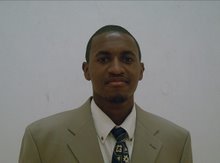



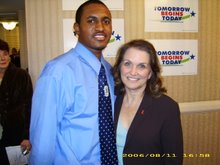





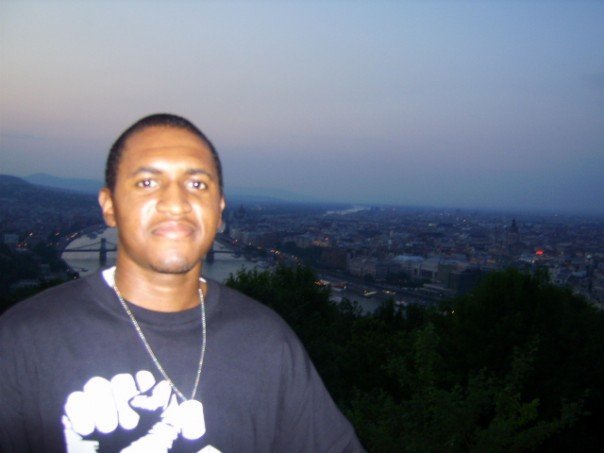





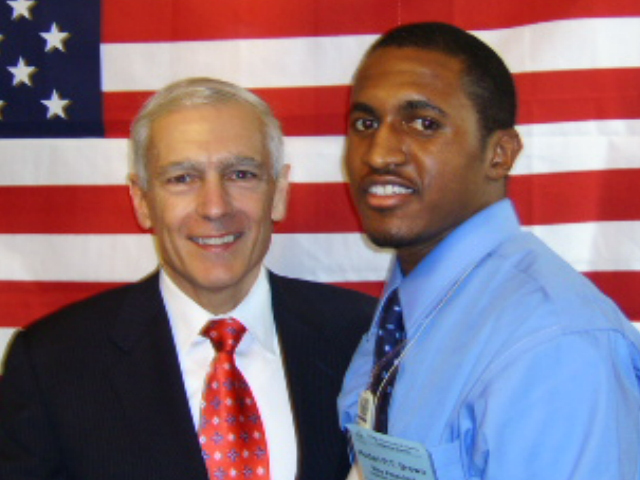
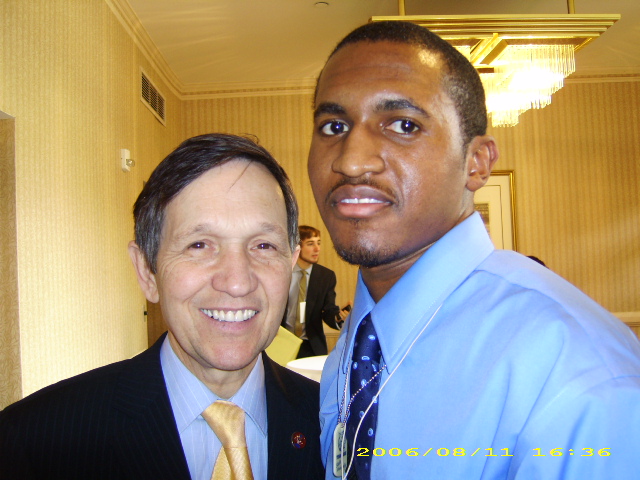


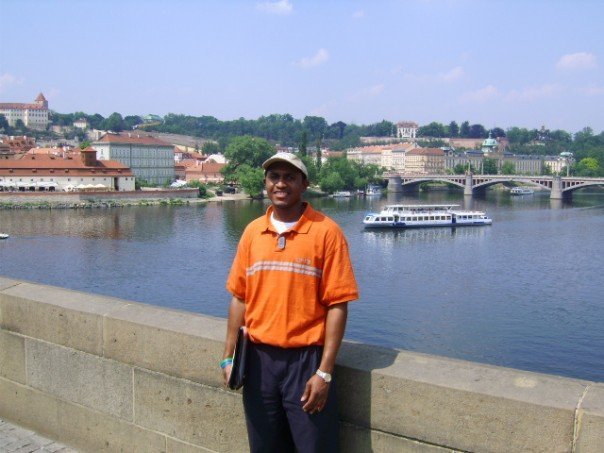
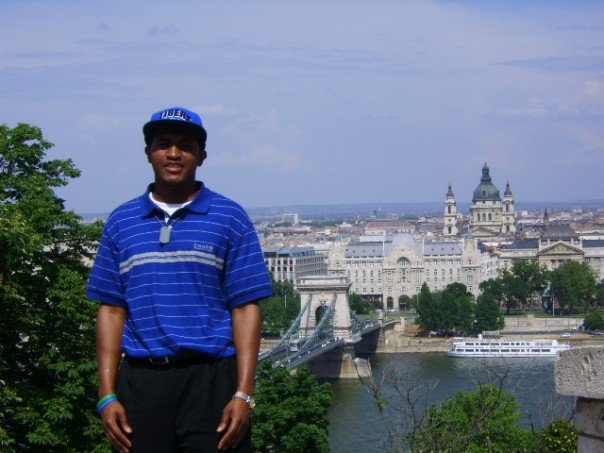
No comments:
Post a Comment